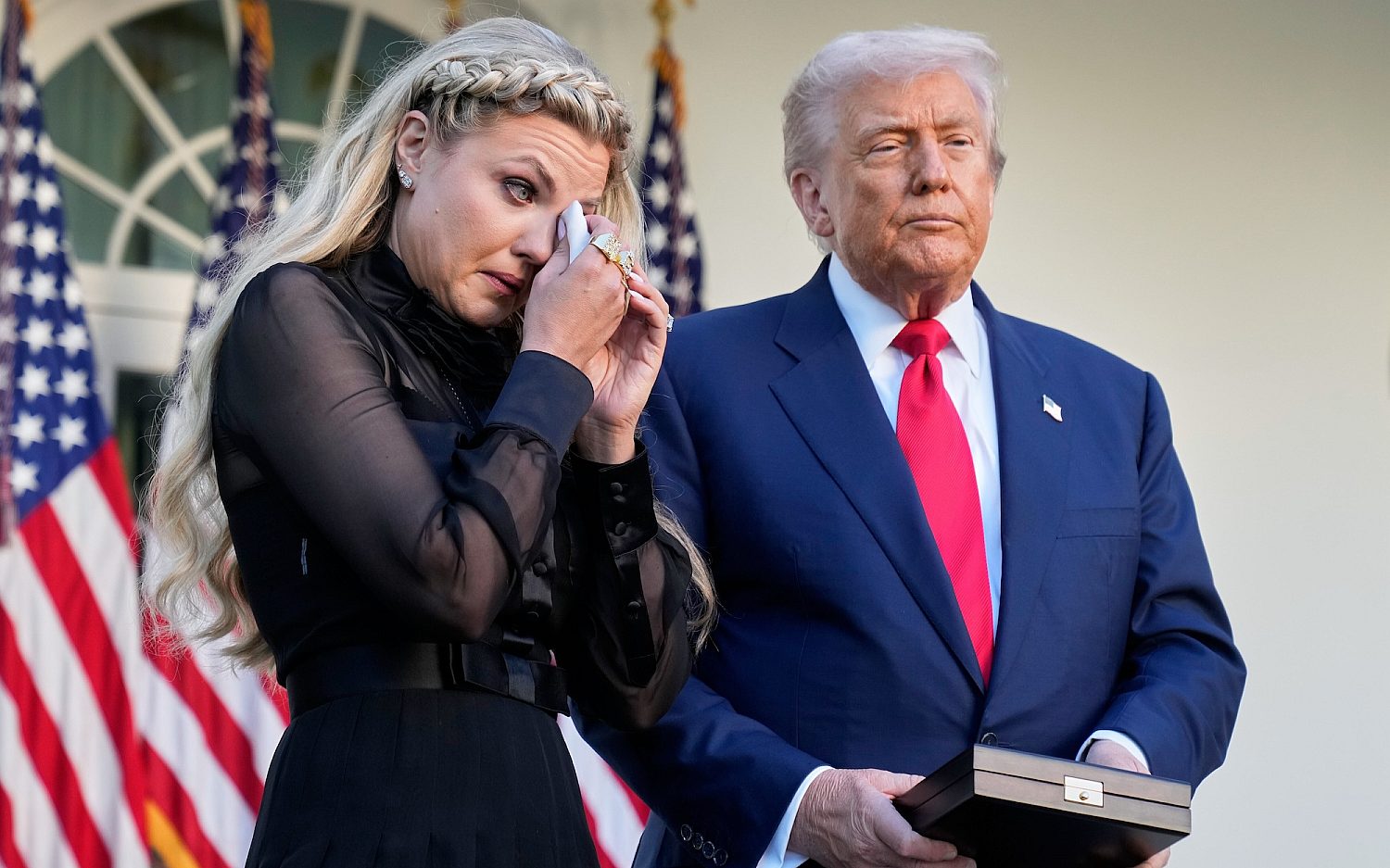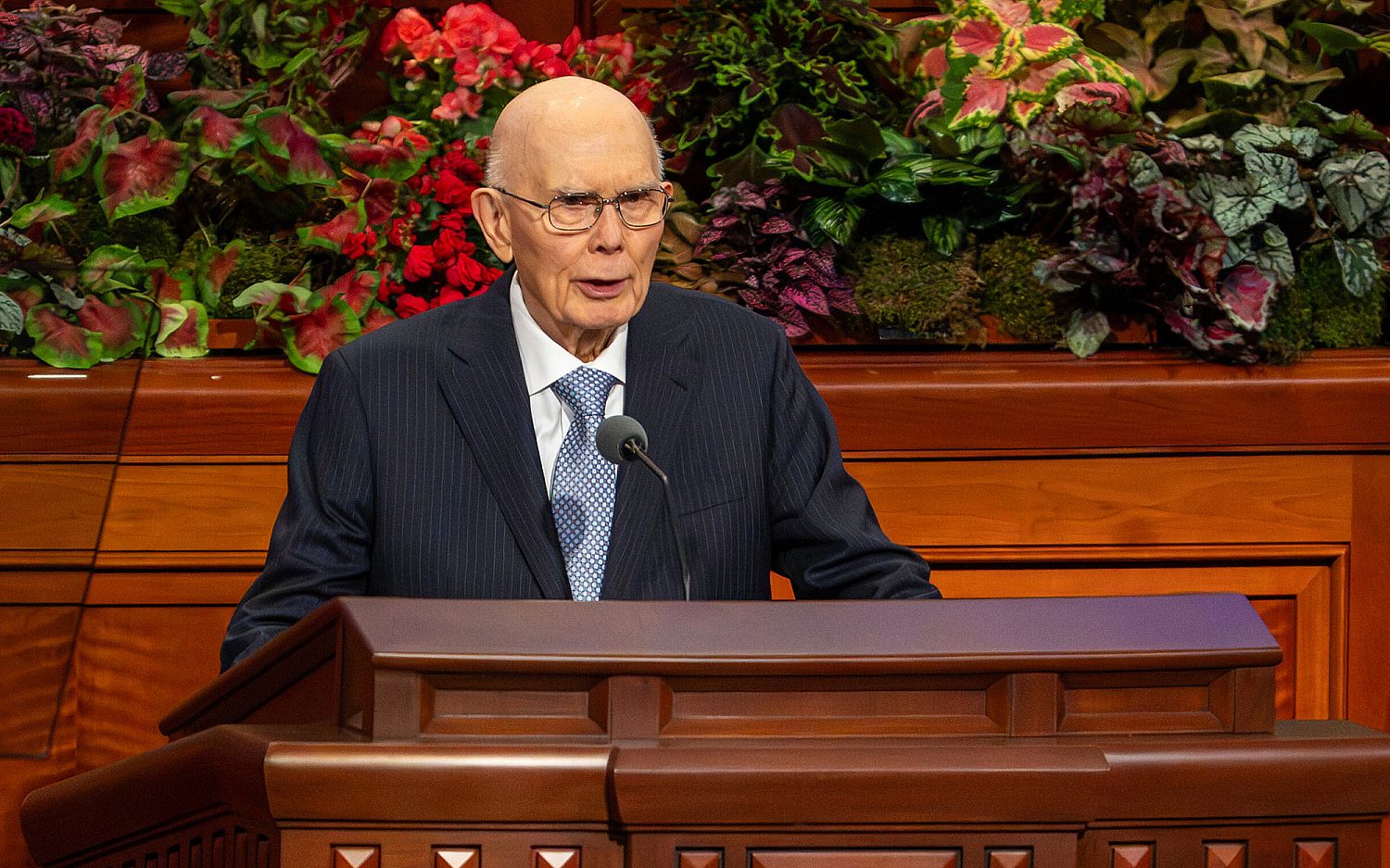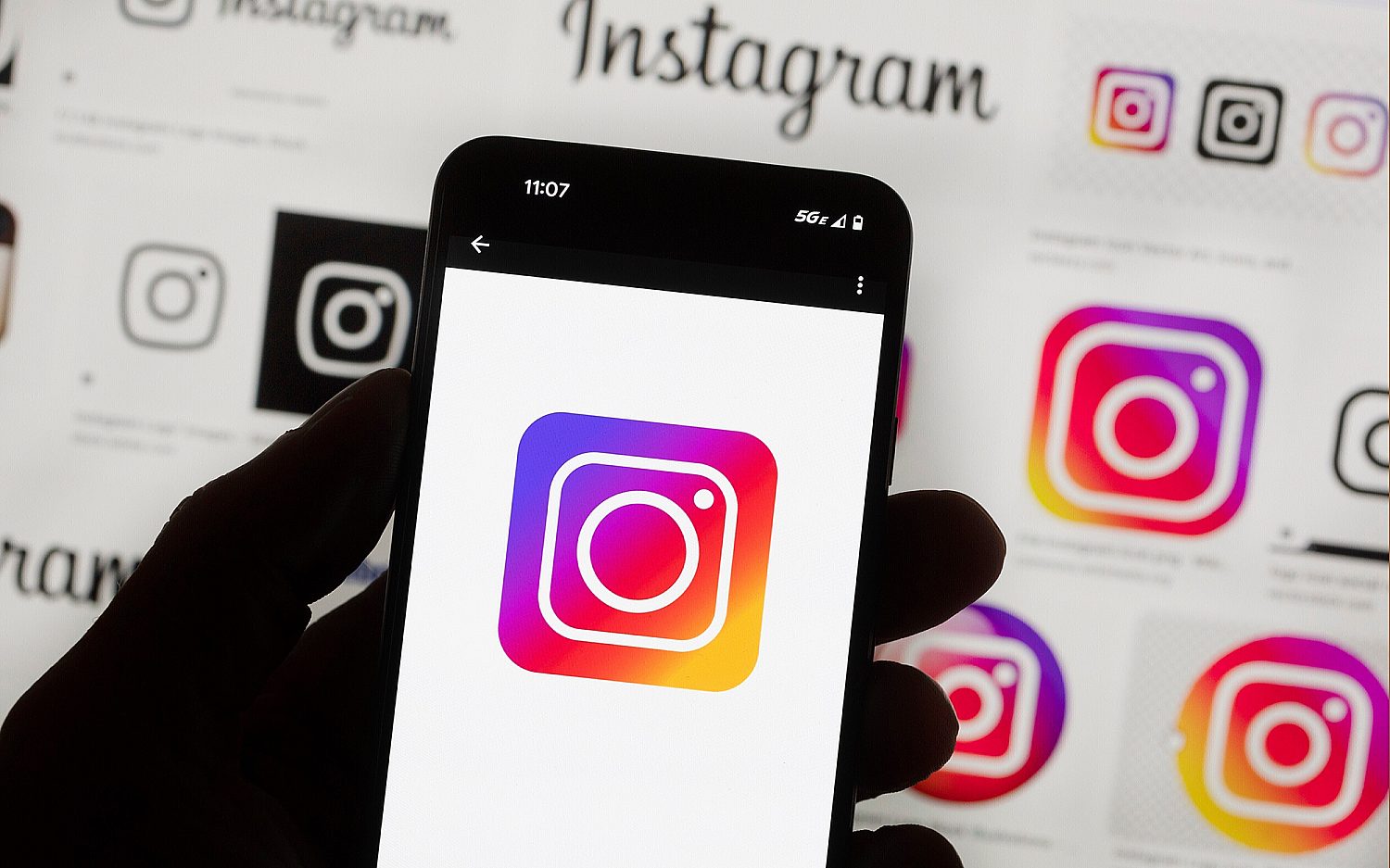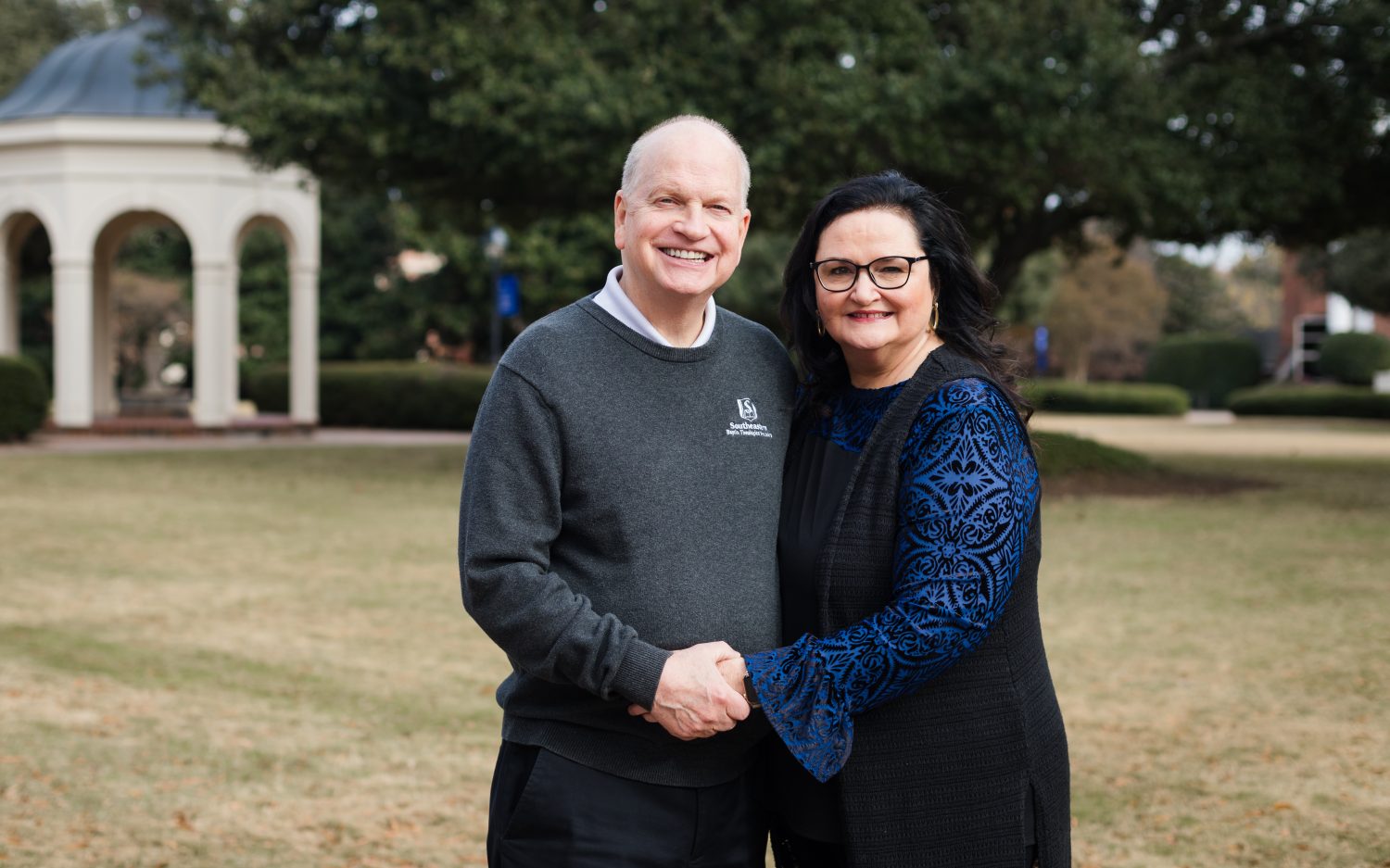Ferguson burns after protests turn violent
Protestors destroyed a dozen businesses and two police cars after learning Darren Wilson will not be tried for killing Michael Brown
UPDATE: Protestors in Ferguson, Mo., smashed windows, looted businesses, and burned buildings and cars last night after officials announced a grand jury voted not to indict a white police officer in the shooting death of an unarmed black teenager.
By midnight, angry orange flames rose from a beauty supply store, a storage facility, two auto parts stores, and a pizza restaurant while police in riot gear used tear gas and smoke bombs to disperse crowds. Two police cars set alight earlier in the evening sparked and flared for several hours as the flames consumed ammunition stored in their trunks.
Firefighters trying to respond to at least one of the fires had to turn back because of gunfire nearby.
During an early morning news conference, St. Louis County Police Chief Jon Belmar said about a dozen businesses were “total losses.” He reported personally hearing about 150 gunshots throughout the night.
But no one was killed during the confrontations between police and protestors. Belmar said officers did not fire a shot. They did arrest about 60 protestors.
Television news crews reporting live from the streets broadcast footage of small bands of protestors smashing the windows of several businesses, rushing inside, and coming out with armfuls of merchandise. At The Ferguson Market, the convenience store where 18-year-old Michael Brown stole cigarillos before his deadly confrontation with Police Officer Darren Wilson back in August, looters made off with cases of beer. They also ransacked a nearby Walgreens.
Belmar defended the policing plan, despite the destruction protestors left behind.
“I don’t think we were underprepared,” he said. “But I’ll be honest with you, unless we bring 10,000 policemen in here, I don’t think we can prevent folks who really are intent on destroying a community.”
UPDATE (Nov. 24, 11:30 p.m. EST): An angry crowd erupted outside the police station in Ferguson, Mo., as President Barack Obama called for calm in the country in the wake of a grand jury’s decision not to indict Officer Darren Wilson in the August shooting of Michael Brown. Obama addressed the nation just after St. Louis Prosecuting Attorney Robert McCulloch finished a press conference announcing the grand jury’s decision.
“The situation in Ferguson speaks to the broader challenges we still face as a nation,” Obama said, particularly the mistrust between police and minority communities.
Meanwhile in Ferguson, a brief but aggressive confrontation flared between protesters and police. Media outlets on the scene reported people swearing at and threatening police, throwing rocks through nearby windows, kicking and jumping on a police car, and firing gunshots in the air. Police used smoke canisters and pepper spray to disperse the crowd. Around 9:30 p.m. local time, St. Louis Post-Dispatch reporter Paul Hampel posted a video to social networks showing a nearly empty street in Ferguson with the caption, “Tear gas has quickly cleared [streets].”
The temporary calm did not mean violence had ended for the night, though. Just after 10 p.m., Hampel tweeted, “Sporadic pistol shots from surrounding blocks can be heard in front of the police station.”
OUR EARLIER REPORT (Nov. 24, 10:02 p.m. EST): A St. Louis County grand jury cleared Ferguson, Mo., police officer Darren Wilson of criminal charges in the Aug. 9 shooting of Michael Brown, setting off a wave of disappointment in the city’s African-American community that rippled across the country.
The decision, though not unexpected, discouraged those who saw Brown as an icon of racial injustice, particularly in a city with high economic disparity between the races. But the evidence in this case, in the grand jury’s view, supported Wilson’s claim of self-defense.
“The law … authorizes all people to use deadly force to defend themselves in certain situations,” St. Louis County Prosecuting Attorney Robert McCulloch said during his announcement of the grand jury’s decision. McCulloch revealed some new details about what happened the day of the shooting, including:
An altercation between Brown and Wilson began at Wilson’s car after he stopped Brown and a companion. At the time he stopped them, Wilson was aware Brown matched the description of a suspect in convenience store robbery that just occurred. Brown’s blood and tissue were found inside Wilson’s vehicle and on his uniform, confirming reports Wilson shot Brown at close range inside or very near the vehicle. Multiple witnesses saw the confrontation. Descriptions ranged from a “tussle” to a “tug of war,” and Wilson had swelling on his face afterward. Several witnesses said Brown appeared to be charging Wilson when he fired the fatal shots. Witnesses made inconsistent statements about whether Michael Brown’s hands were in the air as a sign of surrender at the time.The grand jury considered five possible charges against Wilson ranging from manslaughter to first-degree murder, and issued no true bill on any of them. McCulloch said the group, which was selected in May by a St. Louis County judge—months before Brown’s shooting—met on 25 separate days and heard more than 70 hours of testimony from 60 witnesses.
Wilson’s lawyers released a statement on his behalf following the announcement praising McCulloch for using the grand jury to investigate the matter.
“Officer Wilson followed his training and followed the law. We recognize that many people will want to second-guess the grand jury’s decision,” the statement read. “We would encourage anyone who wants to express an opinion do so in a respectful and peaceful manner.”
Brown’s family also released a statement through their attorney, Benjamin Crump: “We are profoundly disappointed that the killer of our child will not face the consequence of his actions. While we understand that many others share our pain, we ask that you channel your frustration in ways that will make a positive change. We need to work together to fix the system that allowed this to happen.”
During his announcement, McCulloch defended his deferring to the grand jury to make the decision about whether to charge Wilson.
“Our only goal was that the investigation be thorough and complete to give the grand jury, the Department of Justice, and ultimately the public all of the available evidence,” McCulloch said. Evidence presented to the grand jury became publicly available following his announcement, fulfilling a promise McCulloch made to respond to criticism he received for conducting the investigation via secret grand jury proceedings.
McCulloch wasn’t the only public official to weather criticism after Brown’s shooting. Protesters said police crossed the line with what they called a military response to demonstrations. Since this summer, activist groups have worked to train protesters in preparation for the grand jury decision. A coalition of groups proposed “rules of engagement” for protesters and police, and law enforcement agreed to some of them. But they would not promise, as protesters wished, to never use crowd-control measures such as rubber bullets or tear gas, saying officers might need them to protect life and property.
In the past week, disruptive and dangerous demonstrations seemed a foregone conclusion. A few local districts called off school this week for student safety in anticipation of the grand jury decision. Stores, shopping malls, Missouri Gov. Jay Nixon declared a state of emergency Nov. 17 and deployed the National Guard to the St. Louis area to help keep the peace.
Meanwhile, a national response was expected, with protests across the country. President Barack Obama called for calm in an interview with ABC News.
“First and foremost, keep protests peaceful,” he said. “This is a country that allows everybody to express their views, allows them to peacefully assemble, to protest actions that they think are unjust, but using any event as an excuse for violence is contrary to rule of law and contrary to who we are.”
The Associated Press contributed to this report.
An actual newsletter worth subscribing to instead of just a collection of links. —Adam
Sign up to receive The Sift email newsletter each weekday morning for the latest headlines from WORLD’s breaking news team.






Please wait while we load the latest comments...
Comments
Please register, subscribe, or log in to comment on this article.